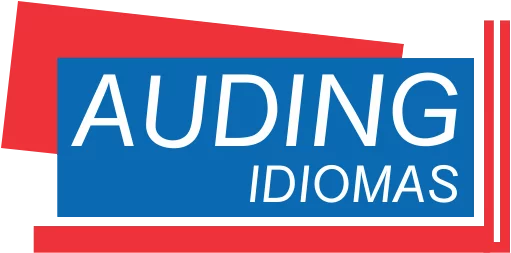
Each person has their unique way of learning. There are several ways of learning, none better than the other, just different ways of obtaining the same knowledge, each with its specificities and emphases. However, it is very important to know what your learning style is: it will help you to better absorb the content, learning in less time and in more depth.
Many tests are offered on the internet to help you get an answer about the best way to learn, however none of them are official or even standardized, so the best way to find out what your learning style is is through analysis. and understanding of how each style works. Below, we punctuate several of these styles, explaining each one and offering examples of the best ways to put each one into practice. We hope you find yours! Look:
VISUAL (OR SPATIAL): Images are the focus of this type of learning, so that the learner absorbs the content better when it is presented through infographics, images, diagrams and various figures. The use of colors to vary subjects is also markedly present. In this modality, it is common to use brainstorming, mind maps, etc.
AUDITORY (OR MUSICAL): Learning through music and different sounds is predominant in this learning style, as well as capturing resources of the genre. Memorization jingles are very effective for people who prefer to learn this way. Recording audio lessons, converting text to audio, music, etc. are ideal tools.
VERBAL (OR LINGUISTIC): as it should be subtracted from the title itself, the words and their respective uses are what dominates this way of learning the most. Considered the closest to the formal education system, tactics such as taking notes, recording and reading texts are very common for those who prefer this learning style.

LOGICAL (OR MATHEMATICAL): also very similar to the modus operandi of the formal and normative teaching system, this style emphasizes the use of logic and mathematical reasoning to the detriment of other forms. In this style, it is very common to use the formation of lists and enumeration of topics or key subjects and the care with the procedures that involve the act of learning.
PHYSICAL (OR KINESTHETIC): the use of the body, the hands and the sense of touch are more common for those who choose this learning modality. It can also be said that this is perhaps one of the most subjective ways of learning, focused on the feeling that the content taught conveys in you, the practice of exercises, writing and drawing diagrams, among others.
SOCIAL (OR INTERPERSONAL): Here, learning in groups as the best way to obtain and retain knowledge is prioritized, to the detriment of other possible and/or available means. Sharing what is being learned, discussing and clearing up doubts is fundamental, and in the absence of a formal study group, it is common to do so involving friends and family.

SOLITARY (OR INTRAPERSONAL): this represents the exact opposite of the social or interpersonal learner, having as a pillar of its learning system the fact that one learns much more, exercising a kind of self-taught. When in the context of a classroom with a teacher, the ideal is that the content or language that is learned make use of the beliefs, values, objectives and goals of that learner.
We hope that you were able to discover your learning style or even that you identified with more than one. At Auding, we respect and adapt your learning style together with our communicative methodology, so that the content is absorbed and reused to the fullest.
Want to know more? Contact us!
Written by: Italo Medeiros Decottignies
SOURCES:
• COLÉGIO BATISTA MINEIRO. Conheça os diferentes estilos de aprendizagem para um melhor desempenho escolar. Minas Gerais: Rede Batista de Educação, 2021.
• ESTÁCIO. Tipos de aprendizagem: Conheça os 7 existentes e identifique o seu. Rio de Janeiro: Estácio, 2019.
• SENA, A. Os 7 estilos de aprendizado. São Paulo: Notícias Concursos, 2019.


